Ocean sea kayaking trips that take place in areas that are subject to significant tidal current activity require consultation of that area’s tidal current atlas to establish the times of slack, maximum flood and maximum ebb, regardless of whether your goal is to play in currents or avoid their effects.
What are tidal currents?
The vertical motion of tides raising and lowering near the shower creates currents, which move horizontally depending on whether the tide is coming in or out. As the tide comes in, the current moves toward the shore and is called flood current. As the tide goes out, the current moves away from the shore and is called ebb current.
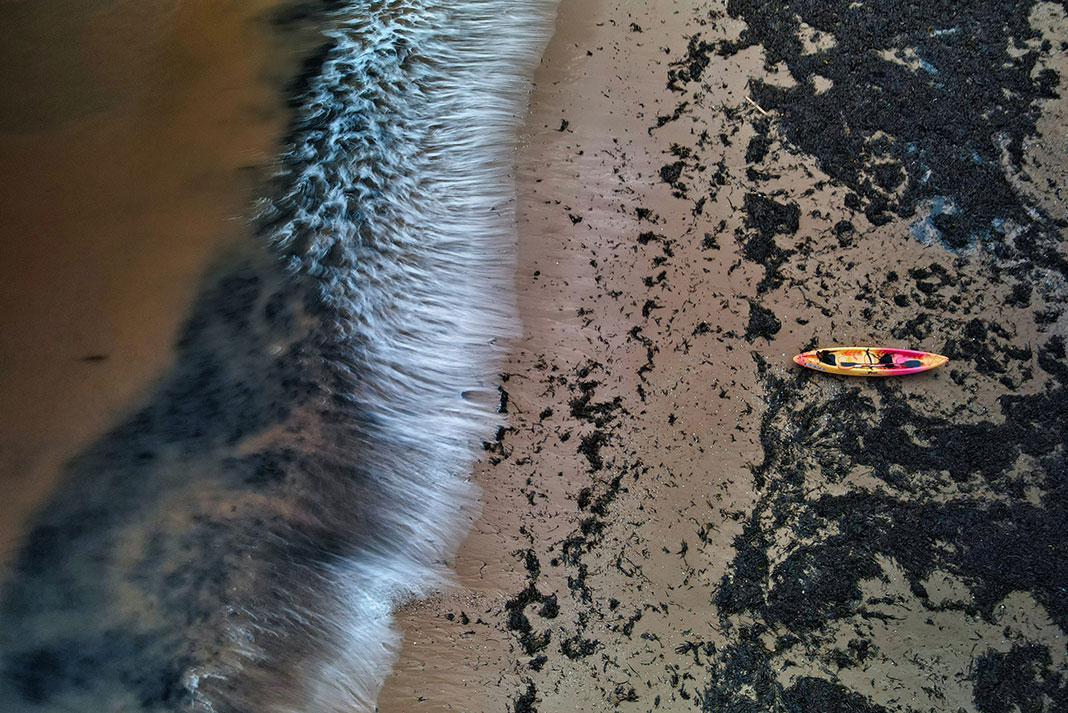
Slack (or the “turn”) is the time when a tidal current reverses its direction and turns to flow in the opposite direction. This is the time when currents will be minimal or nonexistent and the water is at its calmest for safe travel. Information in the tidal current atlas will also provide you with the time of maximum flood and maximum ebb, and their respective speeds, in knots.
Finding slack, maximum flood and maximum ebb in this manner is relatively straightforward. To estimate what the current will be doing between these times, however, is not as easy as you might think.The cycle of tidal currents is such that a flood or ebb current lasts approximately 6.5 hours. A tidal current accelerates from slack (zero) to maximum speed over approximately three hours. The current then begins to slow again, heading toward the next slack, and this deceleration also takes about three hours.
Common sense might lead you to expect this acceleration and deceleration to progress in a nice logical, linear way from slack to maximum flow and back again. But this isn’t the case. To predict flows between maximum and slack, you need to use the Rule of Thirds.
Using the Rule of Thirds
The Rule of Thirds breaks each half of the flood or ebb tide into three one-hour segments and states that the current reaches approximately 50 percent of its maximum speed in the first hour, 90 percent in the second hour, and 100 percent in the third hour. The current then decelerates to slack in the same order.
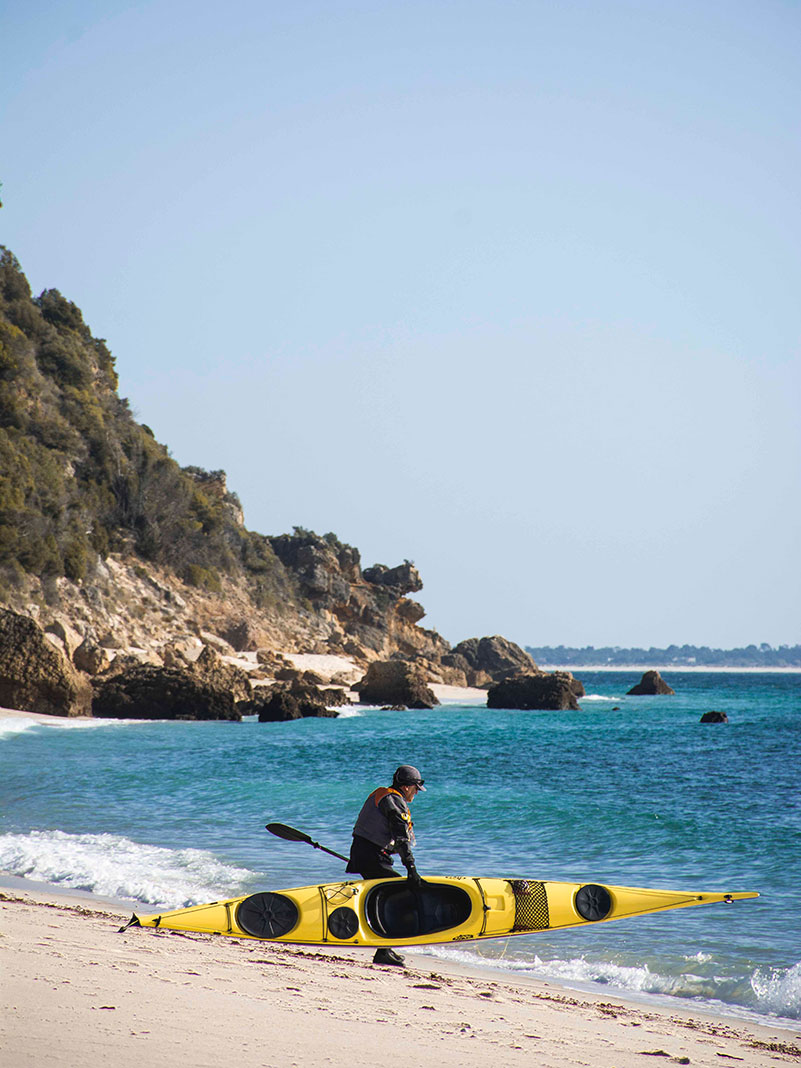
The Rule of Thirds shows that it’s important to travel close to the exact time of slack if you want to avoid paddling in current, because the speed accelerates quickly after the tide turns. It also shows that if you want to play in the current, it’s best to choose a maximum speed that you’re comfortable paddling in, because the current will be running at more than 90 percent of that speed for much of the time.
You should use the Rule of Thirds as a rule of thumb only. Do your homework, study guidebooks and seek out local knowledge, because current speed is far from the sole indicator of a tidal current’s potential for danger. Bottom geography, wind, water depth and shorelines all contribute mightily.
Also, big storms can disrupt the flows of tidal currents and reduce the accuracy of current table predictions. So let the final word rest with a visual appraisal on the scene. If the math works out but the current looks bad, trust your eyes and make decisions accordingly.
An example of the Rule of Thirds
If you have a tidal passage that floods at a maximum of 10 knots at 3 pm, you can assume the following pattern. The same formula holds true for ebb tide currents.
- Hour zero (12 pm): 0% slack, turning to flood = about 0 knots
- Hour one (1 pm): 50% increasing speed = about 5 knots
- Hour two (2 pm): 90% increasing speed = about 9 knots
- Hour three (3 pm): 100% maximum flood = about 10 knots
- Hour four (4 pm): 90% decreasing speed = about 9 knots
- Hour five (5 pm): 50% decreasing speed = about 5 knots
- Hour six (6 pm): 0% slack, turning to ebb = about 0 knots
This article was first published in Adventure Kayak’s Fall 2008 issue. Subscribe to Paddling Magazine’s print and digital editions here, or browse the archives here.
Alex Matthews is the author of Sea Kayaking: Rough Waters, from which this article was adapted, published by the Heliconia Press.
Big storms can disrupt the flows of tidal currents and reduce the accuracy of current table predictions. | Feature photo: Red Zeppelin/Unsplash





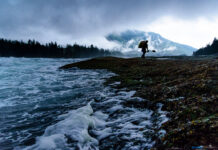
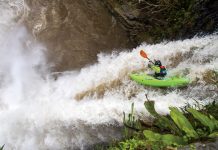
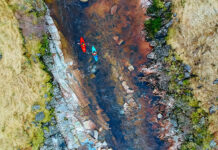

This article uses the 50-90 Rule and Rule of Thirds interchangeably, which is not exactly correct, as the two are not the same. The 50-90 Rule measures speed of the current at the end of each hour of a tide cycle from slack to max flow back to slack (0/50%/90%/100%/90%/50%/0). The Rule of Thirds measures drift or the distance the current travels each hour of the tide cycle (1:2:3:3:2:1). Alex explains or describes the 50-90 rule and confusingly calls it the Rule of Thirds.